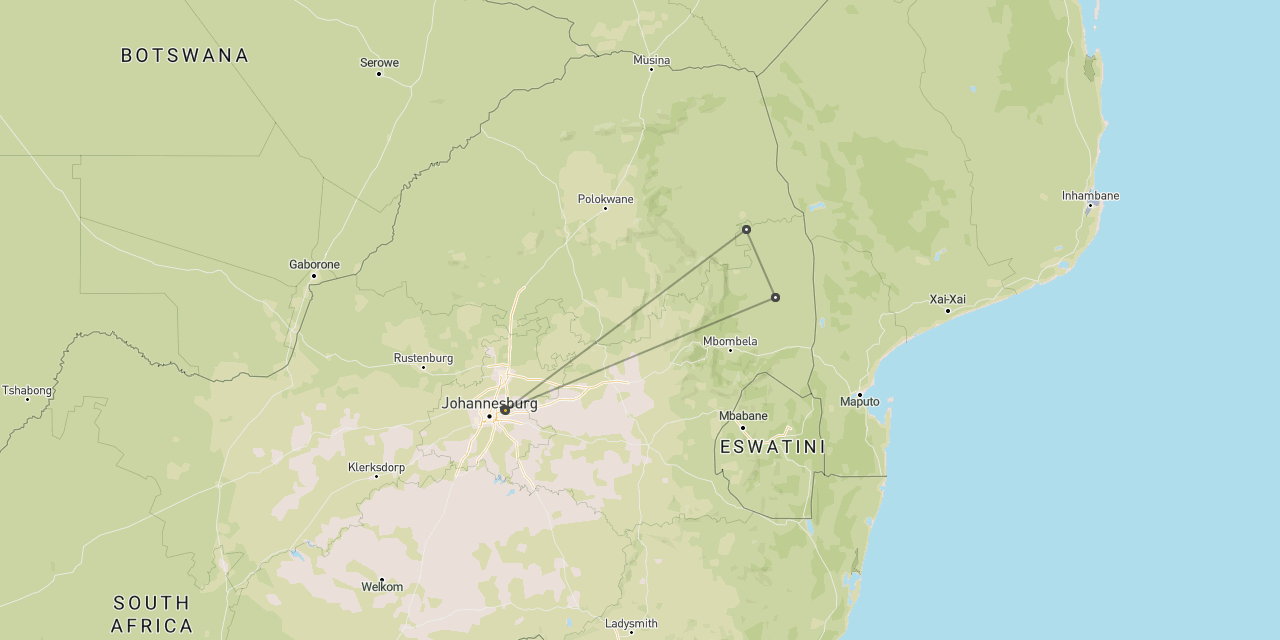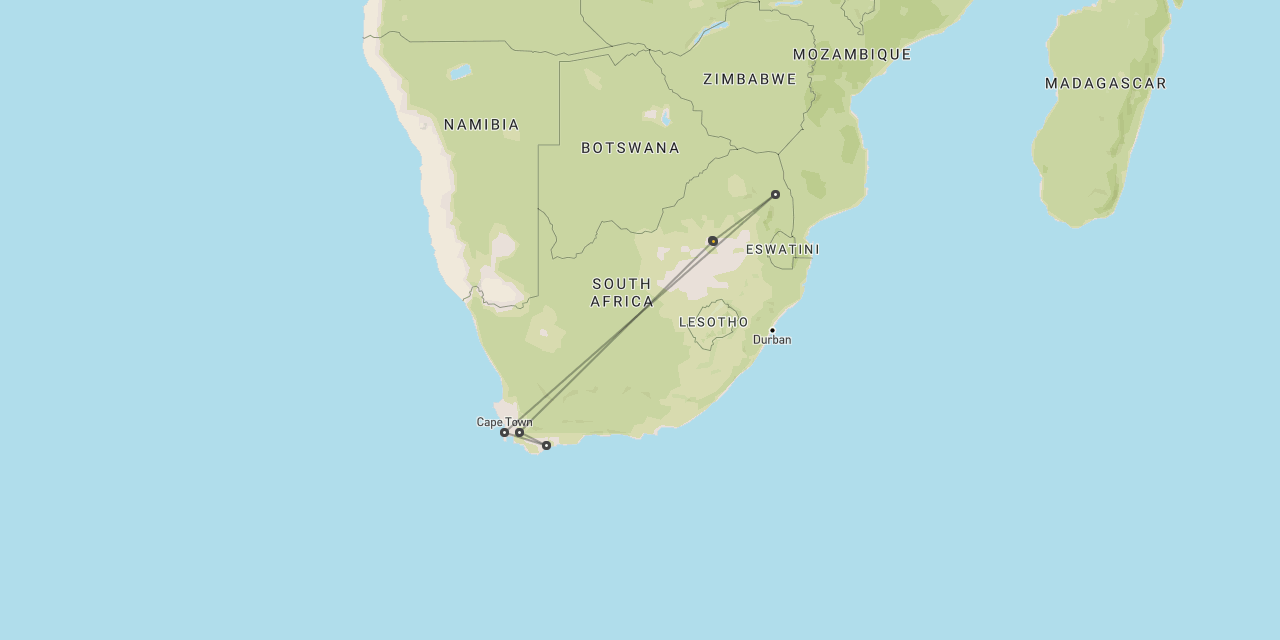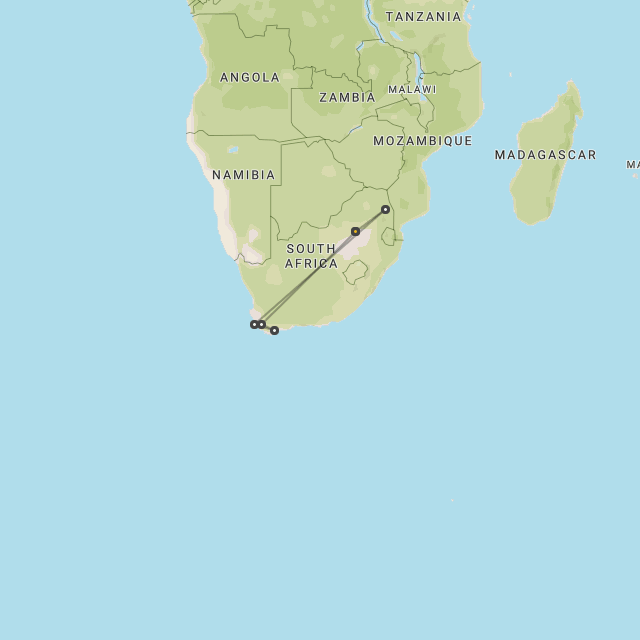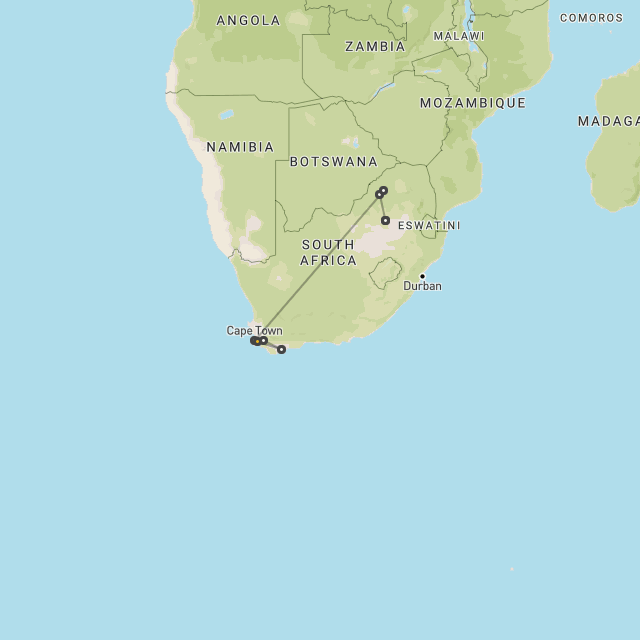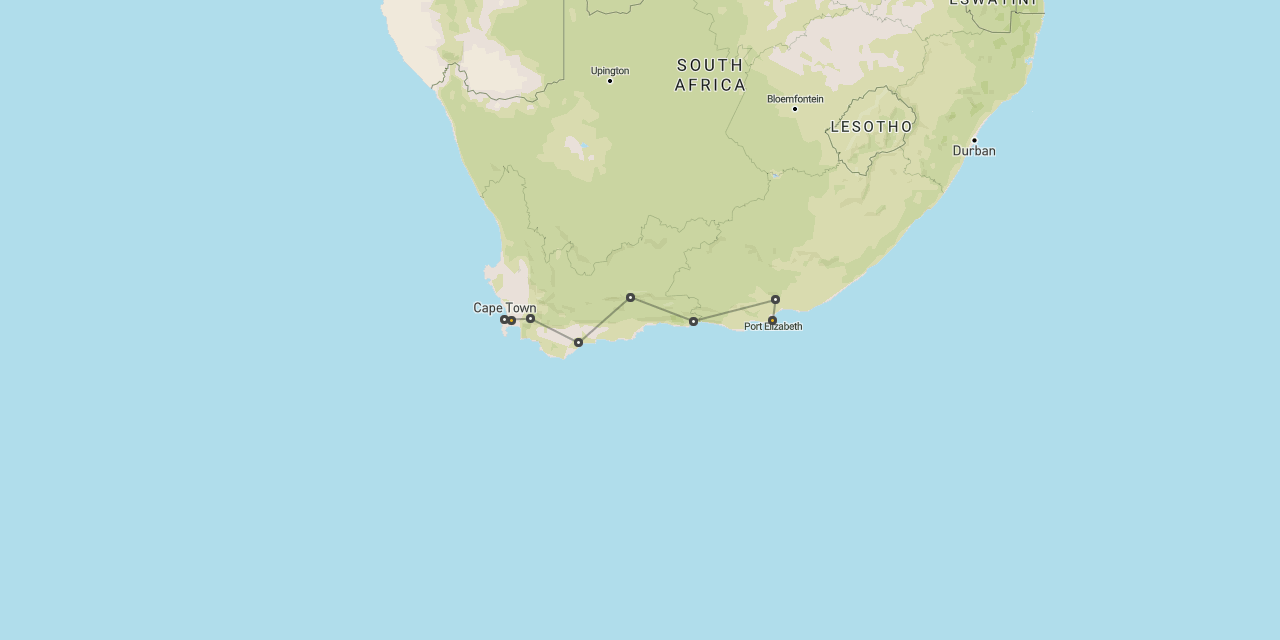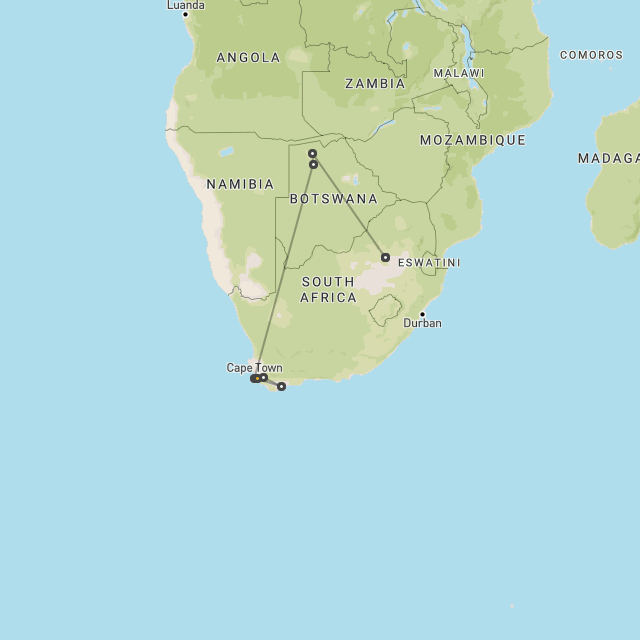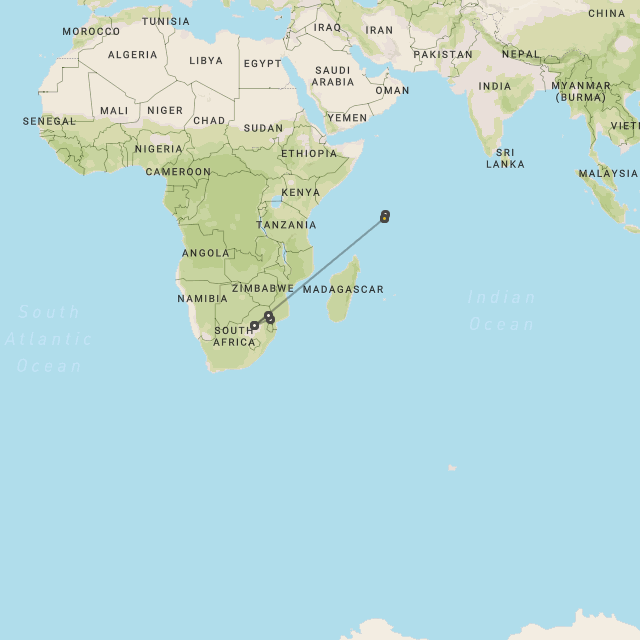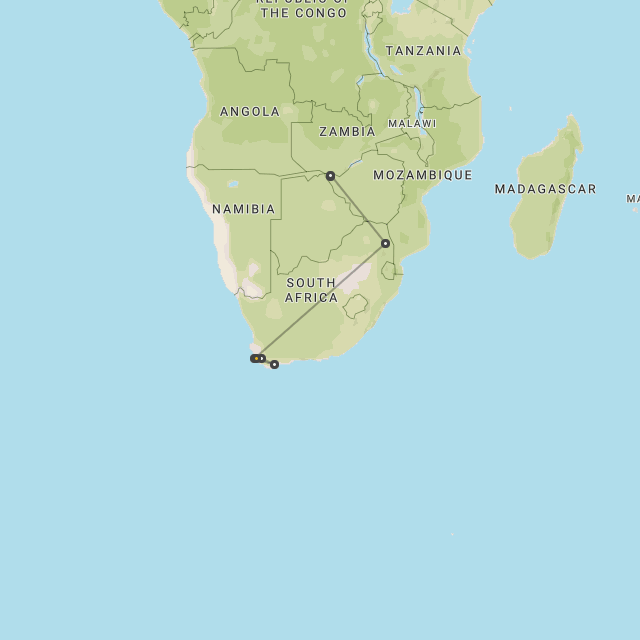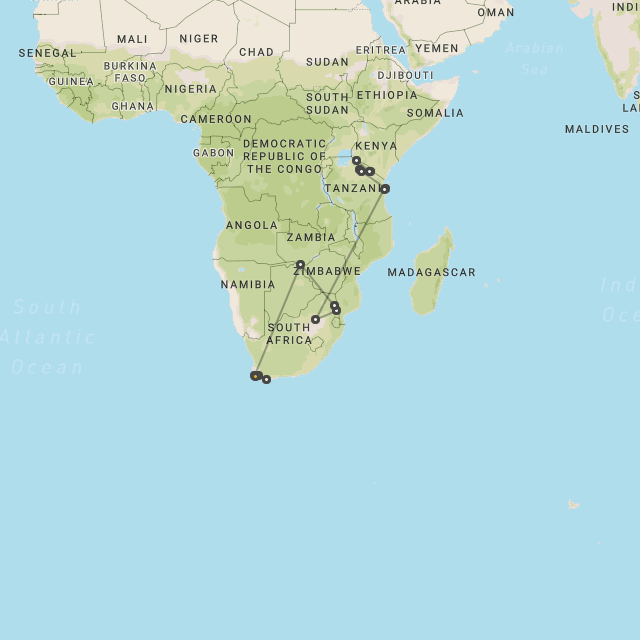
Safari to Kapama
Kapama Reserve
is a small fenced reserve
to the west of Kruger

reliable wildlife that cannot migrate away
Kapama Reserve is located in the Kruger area of South Africa.
Situated to the far west of the greater Kruger area, immediately south of the town of Hoedspruit, this relatively small fenced reserve comprises approximately 130 square kilometres of gently undulating Lowveld acacia scrub, set against the distant backdrop of the Mpumalanga Drakensberg escarpment and centred on the seasonal Klaserie River.
The area contains a full range of animals and wildlife viewing is good year round, since being a fenced reserve the animals are not free to migrate.
The owners of the reserve are a well organised bunch and the levels of service that they offer are reliably high.
Unfortunately the Kapama Reserve does not feel particularly wild. The encircling fence, the separation from the main national park, the proximity of the airport and the presence of overhead power lines and other signs of civilization conspire to significantly detract from the sense of wilderness.
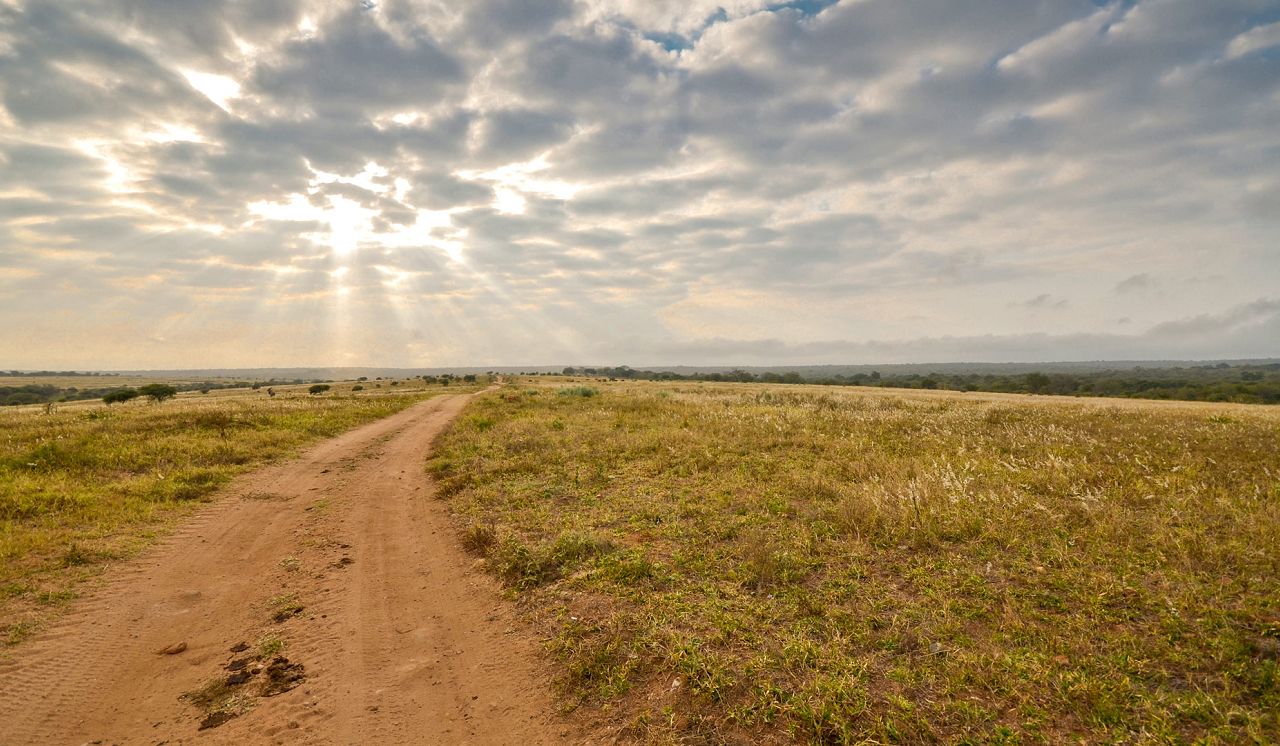
Gallery
Map
The best time to visit Kruger is generally considered to be the May-Oct dry season, but (surprisingly) the reserve remains popular year round.
Safari in the Kruger area is much more seasonal than most people would lead you to believe. Trip planning is complicated by the fact that the seasons here are almost diametrically opposite to those down in Cape Town (with which the area is most commonly combined in trips).
Dry winter : Jun/Sep
This period is characterised by a cool dry winter which is generally considered to be the best time for wildlife viewing, although day length is relatively short and nights can get very cold. Unfortunately it does coincide with a more conventional cool wet winter in Cape Town.
Hot transition : Oct/Nov
This is the start of the hot wet summer. Wildlife viewing is usually very strong, but temperatures and humidities can become uncomfortably high in advance of the first rains, which usually arrive mid November to cool things down. This coincides with a usually pleasant spring season in Cape Town. October therefore represents an interesting compromise month.
Wet summer : Dec/Mar
This period is characterised by a hot wet summer, which is generally considered to be the most challenging time for wildlife viewing, although sightings should remain reliable in the premium areas. Day length is nice and long, but temperatures and humidities can become uncomfortably high and rain can be a major issue. However these potentially adverse conditions happen to coincide with a hot dry summer in Cape Town.
Cool transition : Apr/May
This is a period of transition between the hot wet summer and the cool dry winter, with wildlife viewing continuing to improve as the foliage dies back. Day length, temperatures and humidities are all in the middle of their ranges. The period coincides with autumn/fall in Cape Town, making this perhaps the strongest time of year for the combination.
Where to stay
There may only be five lodges on the reserve, but between them they can handle up to 250 guests, supported by around 40 safari vehicles, which can certainly make the place feel quite busy.
The top place to stay is generally considered to be Camp Jabulani, which is renowned for the interaction that guests are able to experience with a small herd of habituated elephants (thankfully riding on them is no longer offered).
The other four camps, all under the Kapama brand, range from reasonably intimate 12 room properties to a much larger 64 room property suited to large groups and conferences.
lacking that critical sense of wilderness
let us know your thoughts about South Africa
and we will help you create the perfect safari
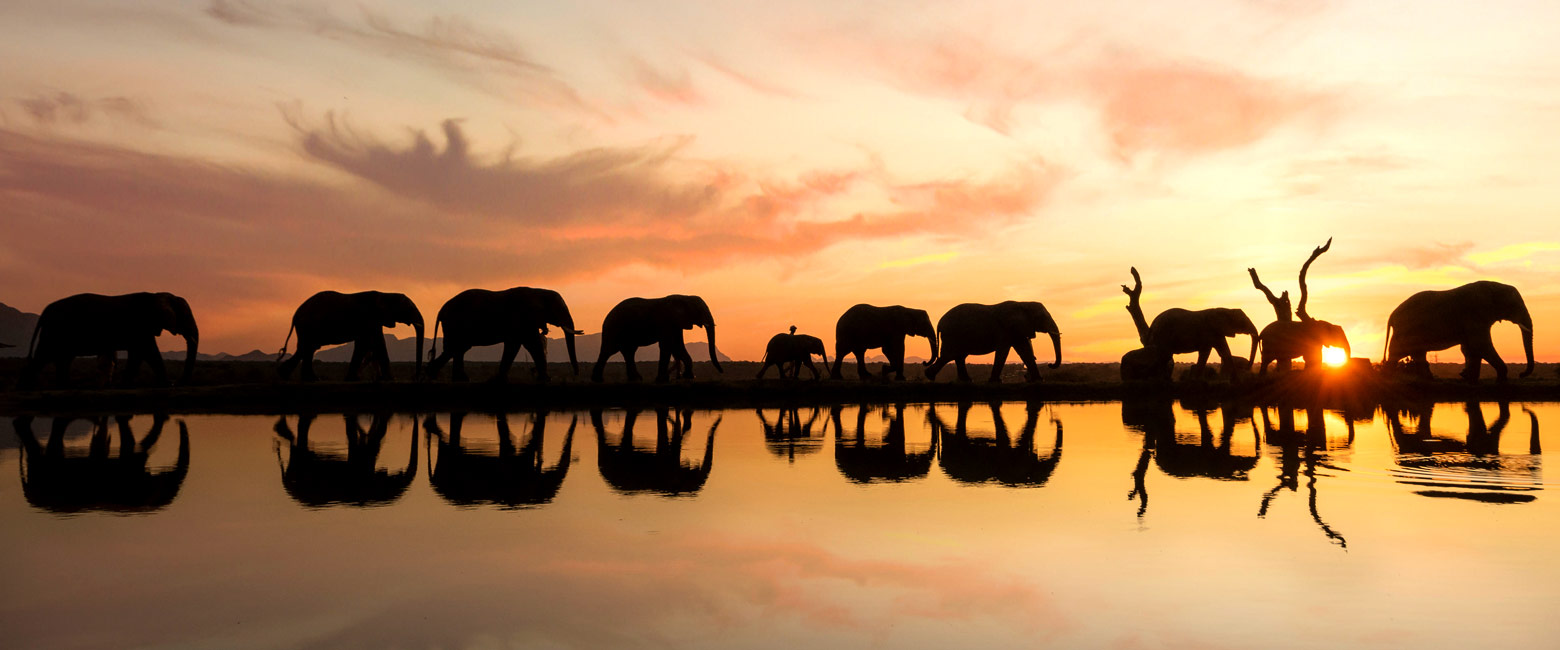
Extraordinary tailor-made adventures,
from earthy and edgy to easy and extravagant
From around USD 2500 per person, you set the ceiling
Sample Trips
Here are some of our popular trip shapes

Get started on your trip
It’s never too soon to get in touch, we are here to help with every stage of your planning.
Best Lodges
We regularly inspect and photograph all of the the best lodges, to ensure that we always recommend the most suitable options
Key Locations
Take a look around related locations. Click ‘View more’ to explore locations further afield.
Where Next?
Where Next?
We offer trips to dozens of fabulous countries.
Might one of these might be your next great adventure?

Please rotate your screen.










